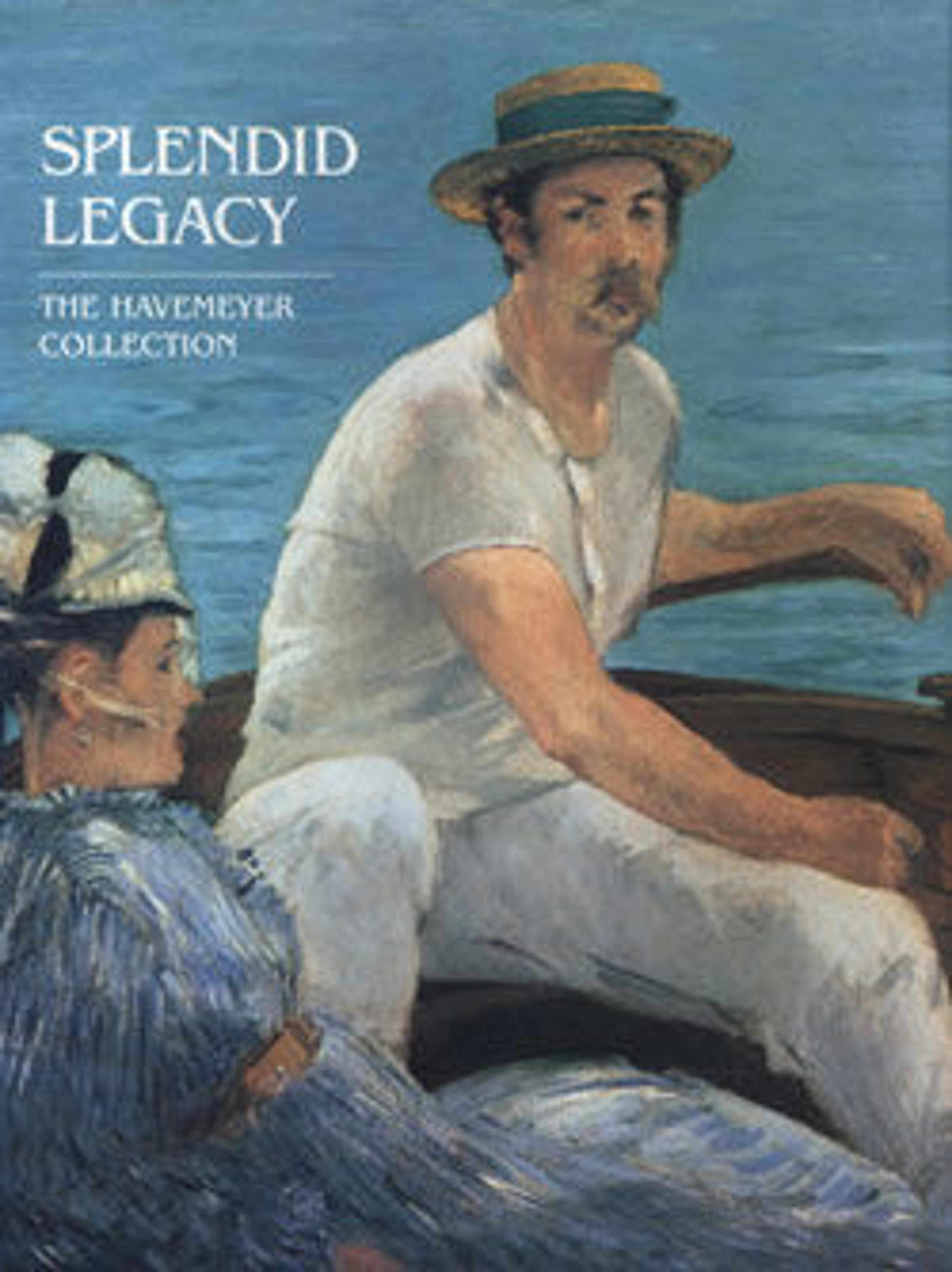Vase-technique Carpet with Overlapping Cartouches
The tightly controlled pattern of compartments is formed by overlapping cartouches, which are exceptionally varied in coloring and adorned with finely drawn palmettes growing from a vine system. In its floral forms, technical structure, and rich color scheme, this carpet is related to the so-called Vase carpets, believed to have been made in Kirman in southern Iran. Its unusual design of cartouches, however, is also found in two "Polonaise" silk carpets that have been attributed to central Iran.
Artwork Details
- Title: Vase-technique Carpet with Overlapping Cartouches
- Date: 17th century
- Geography: Made in Iran, probably Kirman or Isfahan
- Medium: Cotton (warp), silk (weft), wool (weft and pile); asymmetrically knotted pile
- Dimensions: Rug: L. 189 in. (480.1 cm)
W. 127 in. (322.6 cm)
Tube: L. 140 in. (355.6 cm)
Diam. 20 in. (50.8 cm)
Wt. 75 lbs. (34 kg) (Carpet weighed with 120 lb. tube at 195 lbs.) - Classification: Textiles-Rugs
- Credit Line: H. O. Havemeyer Collection, Bequest of Horace Havemeyer, 1956
- Object Number: 56.185.1
- Curatorial Department: Islamic Art
More Artwork
Research Resources
The Met provides unparalleled resources for research and welcomes an international community of students and scholars. The Met's Open Access API is where creators and researchers can connect to the The Met collection. Open Access data and public domain images are available for unrestricted commercial and noncommercial use without permission or fee.
To request images under copyright and other restrictions, please use this Image Request form.
Feedback
We continue to research and examine historical and cultural context for objects in The Met collection. If you have comments or questions about this object record, please contact us using the form below. The Museum looks forward to receiving your comments.
